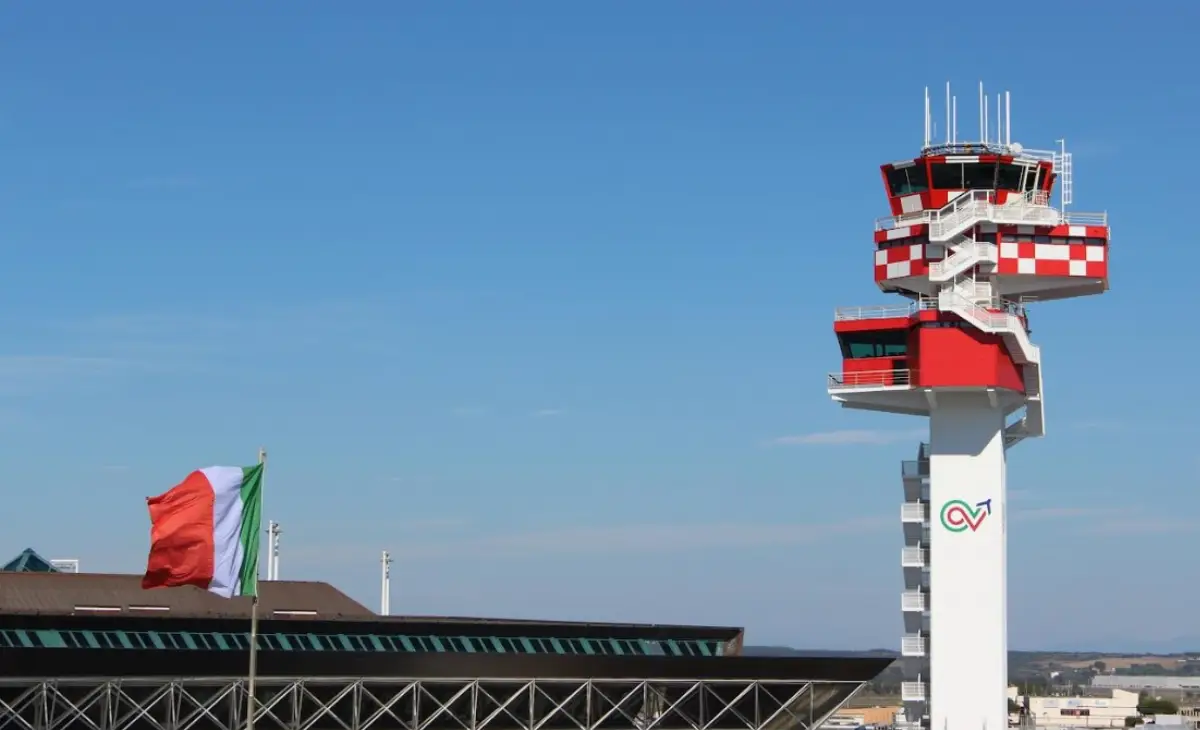
Linate radar failure: all the critical issues of the air traffic control system highlighted
In previous years, similar episodes also occurred in France, Sweden, Germany and the United Kingdom

Events such as the air traffic block that occurred on June 28 at Milan-Linate due to a failure of the radar data transmission system at the Area Control Center (ACC) in Milan (see AVIONEWS) highlight some weaknesses and criticalities that seem absurd in an important infrastructure such as that relating to air traffic control. Has Enav, the Italian company responsible for air traffic management, while always giving maximum emphasis to flight and traffic safety, ever taken preventive measures to implement in similar eventualities, as well as in hypothetical cases of collisions, interruptions of air-to-ground communications and/or terrorist attacks, just to name one? Has it done so sufficiently on the primary and backup radar data transmission networks?
In Europe, similar cases to the problem that hit Milan-Linate have occurred in recent years. In 2014, in Swanwick (UK), at the Nats (National Air Traffic Services, British air navigation services provider) air traffic control centre, a technical fault occurred in the software of the flight path management system, causing the partial closure of London's airspace and causing disruption at Heathrow, Gatwick, Luton and Stansted airports. The following year, in Sweden, a solar storm knocked out air traffic control systems, causing the closure of Swedish airspace for more than an hour. In 2019, in Langen, Germany, a software problem at an air traffic control centre caused flight cancellations for almost a week, with a particular impact on Frankfurt airport, as well as at Cologne, Bonn, Stuttgart and Düsseldorf airports. In France, too, air traffic was severely affected in 2019 due to a failure in IT and communications systems, reducing capacity in the control areas of Marseille, Bordeaux, Paris, Reims and Brest, with consequences also on connections with Spain and the United Kingdom.
What could be done to prevent similar episodes from occurring in the future that put the air traffic system in crisis and cause serious inconvenience to passengers? Could a real redundancy in data transmission and not just the duplication of the same vulnerable system be useful, conducting regular simulated tests, developing greater automation in emergency responses and encouraging immediate collaboration with other centers, including European ones, to redistribute traffic in critical moments?
AVIONEWS - World Aeronautical Press Agency